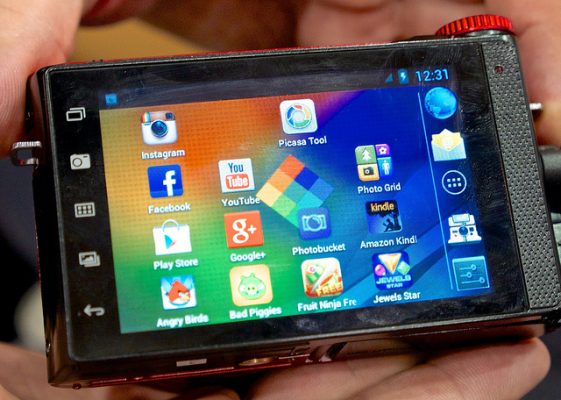Uncategorized
LED vs CCFL Backlights: Which is Best for LCDs?
There are two primary types of backlights used in modern-day liquid crystal display (LCD) touchscreen devices: light-emitting diode (LED) and cold cathode fluorescent lamps (CCFL). While both methods offer a fully functional form of illumination, lighting up the pixels so the operator can clearly see them, there are several key differences between the two that shouldn’t be overlooked. To learn more about LED and CCFL backlights, keep reading.
What’s the Purpose of Backlights?
Before we reveal the nuances between LED and CCFL backlights, let’s first discuss why they are necessary in LCDs. Whether it’s a TV, tablet, smartphone, etc., all LCD displays and touchscreens are characterized by the use of small, liquid crystals. These crystals are essentially what creates the picture. However, if there’s no source of lighting to illuminate them, they will remain dark and difficult to see. This is where backlighting comes to into play: with an LED or CCFL backlight behind the LCD layer, it will illuminate the liquid crystals so they are easier to see.
LED Backlights
This type of backlighting technology involves the use of light-emitting diodes. LED backlights have been used in TVs since 2004, when the Sony WEGA line of TVs was released. They feature a series of bulbs placed behind the actual display layer that, once turned on, illuminates the LCD panel. LED backlights can be described as either direct or edge. Direct LED backlights offer greater contrast levels by disabling some of the LEDs, which subsequently increases the total amount of black in the display.
CCFL Backlights
The second type of backlights used in LCD displays is CCFL.While there are numerous configurations for CCFL backlights, the most common involves the use of two cold cathode fluorescent lamps placed at opposite ends of the display. CCFLs have a diffuser that is designed to spread the light across the display in an even, consistent manner. Why is this important? Well, before CCFL backlights were invented, displays would often feature varying levels of brightness. For instance, one area of the LCD display may be bright, while another area was dim. The invention of CCFL backlights fixed this problem, however, by allowing for consistent illumination throughout the entire display.

